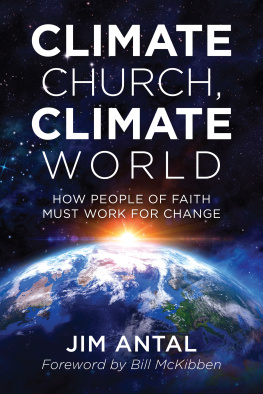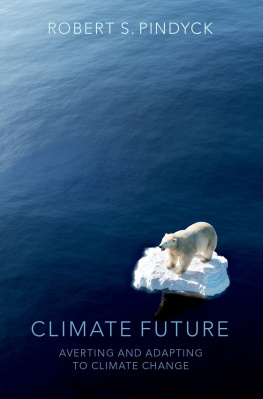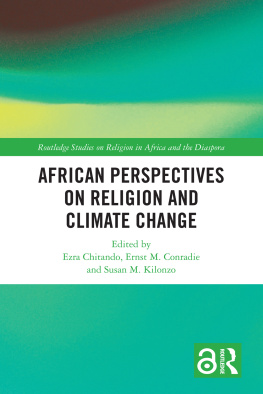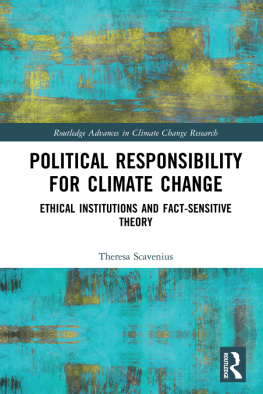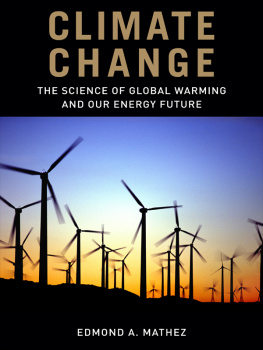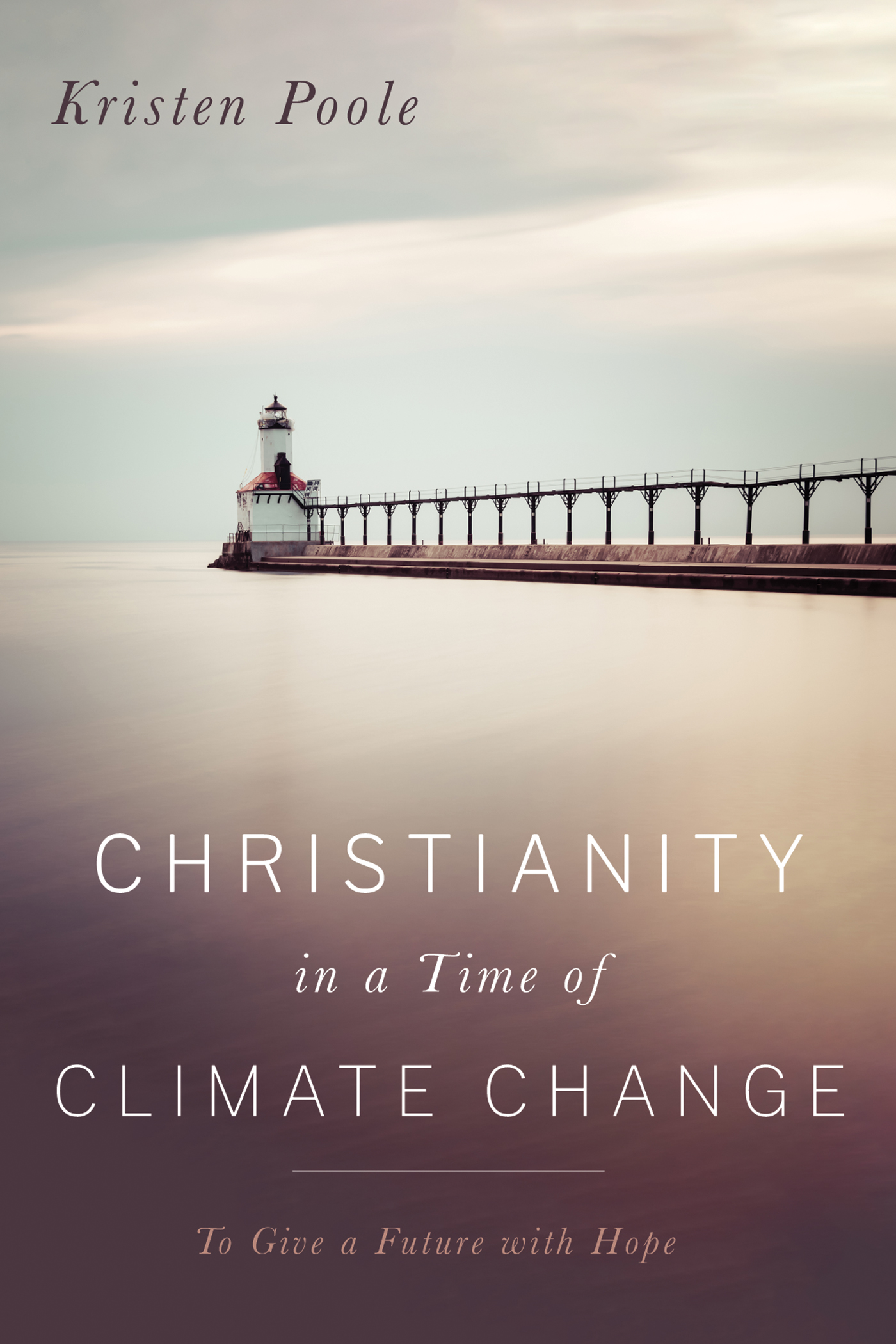Christianity in a Time of Climate Change
To Give a Future with Hope
Kristen Poole
Christianity in a Time of Climate Change
To Give a Future with Hope
Copyright 2020 Kristen Poole. All rights reserved. Except for brief quotations in critical publications or reviews, no part of this book may be reproduced in any manner without prior written permission from the publisher. Write: Permissions, Wipf and Stock Publishers, W. th Ave., Suite , Eugene, OR 97401 .
Image permissions:
A cedar tree in the Maasser Cedar Forest, south of Beirut. JOSH HANER /The New York Times/Redux. Reproduced with permission of The New York Times/Redux.
Raymond L. Lindeman, Seasonal Food-Cycle Dynamics in a Senescent Lake, American Midland Naturalist . ( 1941 ) . Reproduced with permission of American Midland Naturalist .
Cloud of Monarch Butterflies. Ingo Arndt/naturepl.com. Reproduced with permission of the Nature Picture Library.
Brueghel, Pieter the Elder (c. 1525 1569 ). Landscape with the Fall of Icarus . Scala/Art Resource, NY. Reproduced with permission of Art Resource.
Wipf & Stock
An Imprint of Wipf and Stock Publishers
W. th Ave., Suite
Eugene, OR 97401
www.wipfandstock.com
paperback isbn: 978-1-7252-5713-9
hardcover isbn: 978-1-7252-5714-6
ebook isbn: 978-1-7252-5715-3
Manufactured in the U.S.A. 09/17/15
For Corinna and Juliana
If you remove the yoke from among you,
the pointing of the finger, the speaking of evil,
if you offer your food to the hungry
and satisfy the needs of the afflicted,
then your light shall rise in the darkness
and your gloom be like the noonday.
The LORD will guide you continually,
and satisfy your needs in parched places,
and make your bones strong;
and you shall be like a watered garden,
like a spring of water,
whose waters never fail.
Your ancient ruins shall be rebuilt;
you shall raise up the foundations of many generations;
you shall be called the repairer of the breach,
the restorer of streets to live in.
Isaiah :
List of Illustrations
Figure . A home flooded by Tropical Storm Erin in Kingfisher, Oklahoma, 2007 ; FEMA Photo Library/Marvin Nauman.
Figure . A cedar tree in the Maasser Cedar Forest, south of Beirut. JOSH HANER/The New York Times/Redux
Figure . Renatus Des-Cartes excellent compendium of musick (London, 1653 ). Folger Shakespeare Library.
Figure . Raymond L. Lindeman, Seasonal Food-Cycle Dynamics in a Senescent Lake, American Midland Naturalist . ( 1941 ) .
Figure . Triquetra. Wikimedia Commons.
Figure . Jacob Peter Gowy, The Flight of Icarus ( 1635 1637 ). Museo del Prado, Madrid.
Figure . Cloud of Monarch Butterflies. Ingo Arndt/naturepl.com.
Figure . Pieter Brueghel the Elder, Landscape with the Fall of Icarus (ca. 1558 ). Royal Museums of Fine Arts of Belgium. Photo Credit: Scala/Art Resource, NY.
Figure . Hans Sss von Kulmbach, The Ascension of Christ ( 1513 ). The Metropolitan Museum of Art, Rogers Fund, 1921 .
Acknowledgments
I would like to thank all of those people who guided, supported, and nurtured me through the process of writing this book.
This book marks the end of a journey. Many years ago, in a phase of my life that was already overflowing with career and family obligations, I got it into my head that I needed to take up the serious study of theology. As a scholar of the English Reformation, this impulse was intellectual, a desire to learn about the early theologians who shaped the thought of sixteenth- and seventeenth-century England. But there was another pull I couldnt quite name. Over the ten years it took me to complete a Masters of Sacred Theology (all the while raising children and continuing in my vocation as an English professor), many people asked me what I planned to do with the degree. I, too, wondered what I was supposed to be doing. At the very end of the degree program, after having spent most of my time studying the early years of the Christian church, it became surprisingly clear to me that writing this booka project that looks not to the past, but to the futurewas what I was supposed to do. Even though this book is on a topic I never covered in seminary, it is the culmination of a long period of study and reflection that was guided by many inspiring teachers. At United Lutheran Seminary (formerly the Lutheran Theological Seminary), Philadelphia, I benefitted from the knowledge, wisdom, and intellectual rigor of Drs. Erik Heen, Walter Wagner, and J. Jayakiran Sebastian (all of whom, in different ways, balance demanding seminars with a delightful sense of humor). Most especially, Dr. John Hoffmeyer has been a model of a deeply thoughtful and socially engaged theologian; through his classes and an independent study, I gained not just knowledge, but a spiritual approach to theological inquiry. I landed on the idea to write my Masters thesis on climate change in a seminar taught by Dr. Barry Bates, and I was grateful that Dr. Hoffmeyer agreed to serve as my thesis director. Dr. Crystal Hall was my second reader, and her generous comments on the thesis prompted my thoughts into new directions. The final book is a much-expanded version of the thesis, but it would not have taken shape without the initial guidance of Drs. Hoffmeyer and Hall.
At the University of Delaware, I could not have asked for a better department Chair than Dr. John Ernest. Teaching at an institution that is so secular as to not even have a religion department can be a little lonely for someone who specializes in religious history and literature, and John not only respected but encouraged my theological studies. This project marks a significant departure from my usual scholarship, and it was extremely helpful to feel supported by Johns enthusiasm.
Many of the ideas for this book grew out of conversations with my friends at St. Pauls Episcopal Church in Chestnut Hill, Philadelphia, especially those who joined me to start up the Climate Change Reading Group. My fellow volunteers at the Citizens Climate Lobby, those in the local Philadelphia chapter and in the national organization, have also been an inspiration for their dedication, perseverance, and optimism. I have found CCL meetings to be not only a positive way of taking climate action, but also intellectual and thought-provoking. If this book marks the end of one journey, it perhaps also marks the beginning of a new one. I used to think that addressing climate change was the responsibility of scientists, economists, and politicians, but now I realize that all of us have a role to play. As I discuss in the books epilogue, I have tried to follow Pauls exhortation to discern ones gifts and use them for the common good. Between my church and CCL, I have been figuring out how I can use my talents in the mission to mitigate climate change and secure a livable world for our heirs.
My special thanks go to Dr. Matthias Ohr, as much a humanist as a scientist, who graciously read the book manuscript and helped me to iron out many wrinkles. My former Ph.D. student, Hannah Eagleson, served as my copyeditor and proofreader for the final manuscript. She read with a meticulous eye, and it was a pleasure to have the tables turned as I received her careful corrections and comments. In addition to catching my typographical errors, she also provided insightful feedback on the book from the point of view of an evangelical reader, for which I am very grateful.


